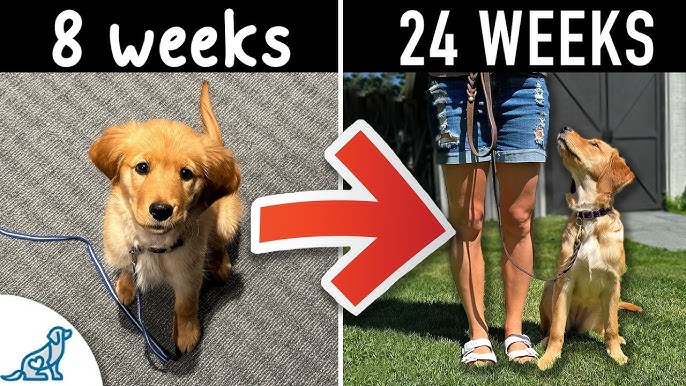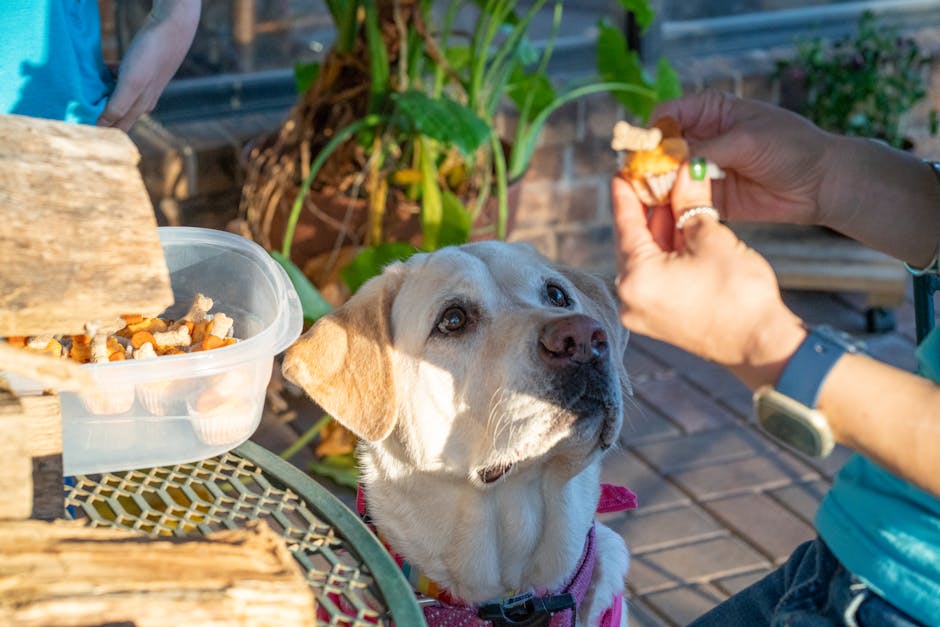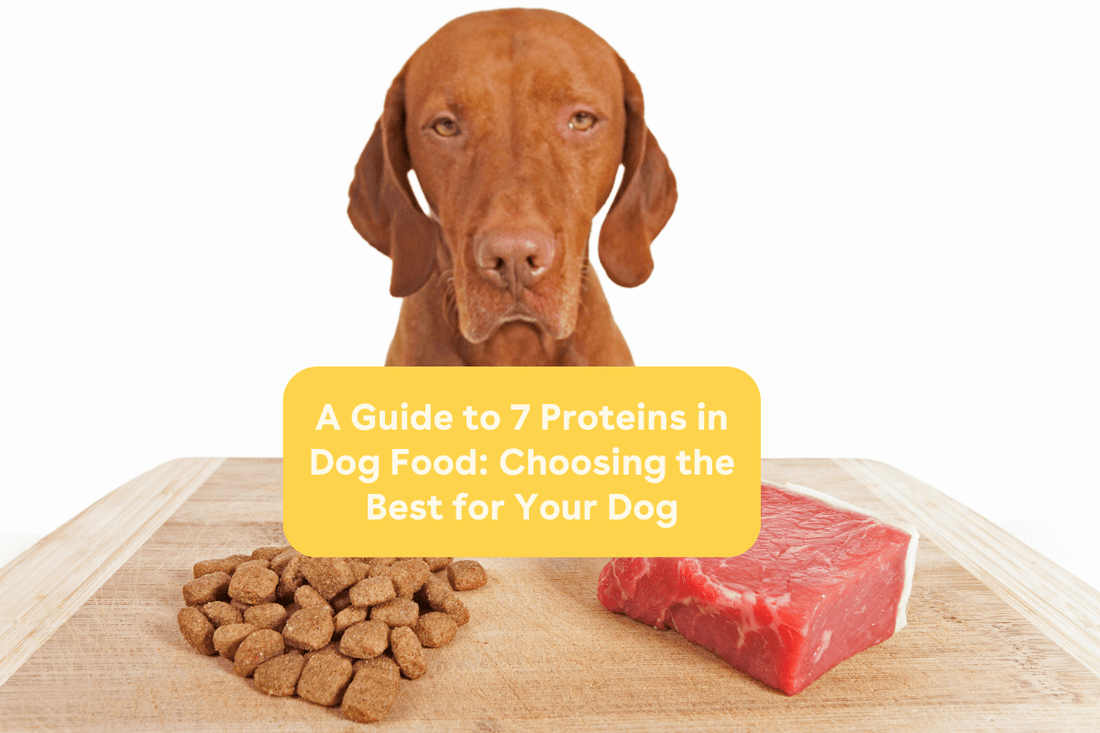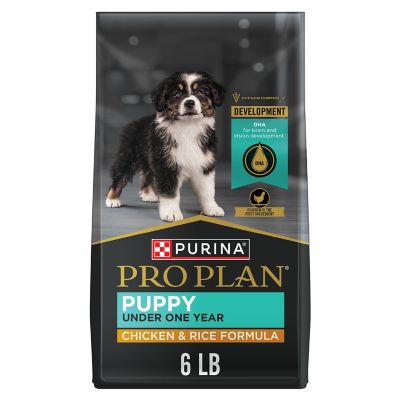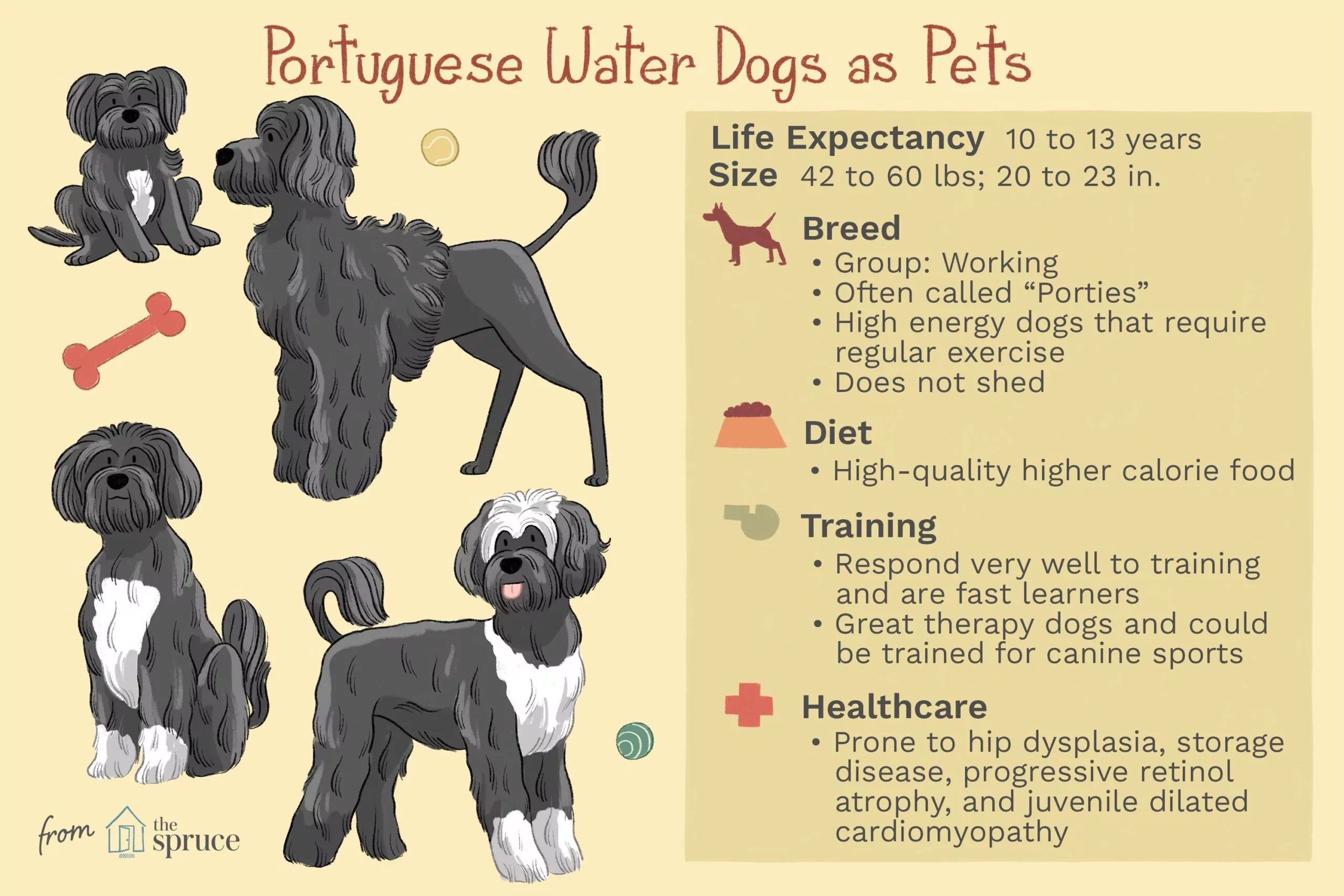Are you thinking about adding a dog to your family but worry about allergies? You’ve probably heard the term “hypoallergenic” thrown around, but what does it really mean for dogs?
Understanding this can help you find a furry friend who fits your lifestyle without triggering sneezes or itchy eyes. You’ll discover what hypoallergenic means, how it affects you and your home, and which dog breeds might be the best match.
Keep reading to find out how you can enjoy the love of a dog without the allergy hassle.
Hypoallergenic Dogs Explained
Many people want dogs that do not cause allergies. Some breeds are called hypoallergenic. These dogs shed less fur and dander.
Understanding what hypoallergenic means helps you choose the right dog. It also clears up confusion about allergies and pets.
Origin Of The Term
The word hypoallergenic means less likely to cause allergies. It comes from Greek and Latin roots. “Hypo” means under or less.
It was first used for cosmetics and products. Later, it described pets that cause fewer allergy problems. The term is not a medical guarantee.
Common Misconceptions
Many people think hypoallergenic dogs never cause allergies. This is not true. Allergies depend on many factors.
Some dogs shed less, but they still produce dander and saliva. These substances can trigger allergies. No dog is 100% allergy-free.
- Hypoallergenic dogs usually shed less fur
- Allergy triggers come from dander, saliva, and urine
- Individual reactions to dogs vary widely
- Regular cleaning helps reduce allergens at home
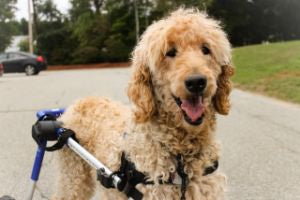
Credit: walkinpets.com
Allergens And Dog Hair
Many people think hypoallergenic dogs do not cause allergies. This is not always true. Allergies come from proteins, not just dog hair.
Understanding how allergens and dog hair relate helps allergy sufferers choose pets. It also clears up common myths about hypoallergenic dogs.
Sources Of Allergens
Dog allergens come from skin flakes, saliva, and urine. These proteins cause allergic reactions in some people.
Allergens stick to dog hair and spread in the environment. They do not come from the hair itself but from these proteins on it.
- Skin flakes (dander) shed from the dog’s skin
- Saliva left on the dog’s fur after licking
- Urine that can dry and become airborne
Shedding And Dander
Shedding means losing hair. Dogs with less shedding spread fewer allergens around.
Dander is tiny skin flakes. It carries allergen proteins and can float in the air.
- Dogs that shed less usually produce less dander
- Dander sticks to furniture, clothes, and air
- Cleaning often reduces dander and allergens
Popular Hypoallergenic Breeds
Hypoallergenic dogs are breeds less likely to cause allergies. People with dog allergies often prefer these breeds.
These dogs usually shed less or produce less dander. This helps reduce allergic reactions.
Low-shedding Dogs
Low-shedding dogs lose less hair daily. This means fewer hairs and allergens in the home.
Many hypoallergenic breeds fall into this group. They keep shedding to a minimum.
- Poodle
- Bichon Frise
- Portuguese Water Dog
- Shih Tzu
- Maltese
Breeds With Minimal Dander
Dander is tiny skin flakes dogs shed. It often triggers allergies in sensitive people.
Some breeds produce less dander. They are better for allergy sufferers.
- Schnauzer
- Basenji
- Soft Coated Wheaten Terrier
- Chinese Crested
- Havanese

Credit: tayloreddogs.com
Managing Allergies Around Dogs
Many people wonder what hypoallergenic means for dogs. It means these dogs shed less and produce fewer allergens.
Managing allergies around dogs needs careful cleaning and good air quality. This helps reduce allergic reactions.
Cleaning And Grooming Tips
Regular cleaning helps control pet allergens. Groom your dog often to reduce loose hair and dander.
Bathing your dog removes allergens from their skin and fur. Use gentle shampoos made for dogs.
- Brush your dog at least twice a week
- Use a vacuum with a HEPA filter
- Wash dog bedding weekly
- Clean floors and furniture regularly
- Keep your dog out of bedrooms
Air Quality And Environment
Good air quality lowers allergens in your home. Use air purifiers to trap dust and dander.
Keep windows open to allow fresh air. Avoid smoke and strong perfumes that can worsen allergies.
- Use HEPA air filters
- Ventilate rooms daily
- Keep humidity between 30-50%
- Remove carpets if possible
- Clean air vents and ducts regularly
When Hypoallergenic Isn’t Enough
Many people choose hypoallergenic dogs to avoid allergies. These dogs shed less or produce fewer allergens. Still, some people may still have reactions.
Hypoallergenic does not mean allergy-free. Allergies come from proteins in dog saliva, skin, and urine. These can affect sensitive individuals even with hypoallergenic breeds.
Recognizing Allergy Symptoms
Allergy symptoms can show up in many ways. They may include itchy skin, sneezing, or watery eyes. Some people get a runny nose or cough.
- Itchy or red eyes
- Runny or stuffy nose
- Coughing or wheezing
- Skin rashes or hives
- Swelling or irritation
These signs may happen soon after meeting the dog. Sometimes symptoms appear after long contact. Watch for any changes in your health.
Seeking Medical Advice
If you notice allergy symptoms, talk to a doctor. A medical expert can test for specific allergies. They can suggest treatments to reduce symptoms.
Doctors may recommend allergy medicines or shots. They can also advise on ways to lower exposure to allergens. This helps you live better with your dog.

Credit: www.nylabone.com
Choosing The Right Dog For Allergy Sufferers
Many people love dogs but worry about allergies. Some dogs cause fewer allergy problems than others.
Understanding what hypoallergenic means can help you pick a dog that fits your needs and home.
Testing Compatibility
Not all hypoallergenic dogs suit every allergy sufferer. Testing helps find the best match.
Spend time with the dog before adopting. See if your symptoms get worse or stay the same.
- Visit breeders or shelters to meet dogs
- Spend at least 30 minutes with the dog
- Check if you sneeze or itch during and after
- Ask about the dog’s grooming and shedding habits
Lifestyle Considerations
Your daily routine affects how well you manage allergies with a dog. Some breeds need more care.
Choose a dog that fits your activity level and home size to reduce stress and allergy risks.
- Low-shedding dogs need regular grooming
- Active dogs require daily exercise
- Small dogs may be better for apartments
- Consider how much time you have for cleaning
Frequently Asked Questions
What Does Hypoallergenic Mean For Dogs?
Hypoallergenic dogs shed less dander, causing fewer allergies. They produce fewer proteins triggering allergic reactions. These breeds suit sensitive individuals better.
Are Hypoallergenic Dogs Completely Allergy-free?
No, hypoallergenic dogs reduce allergens but don’t eliminate them. Allergic reactions vary by person and exposure. Regular grooming also helps minimize allergens.
Which Dog Breeds Are Considered Hypoallergenic?
Common hypoallergenic breeds include Poodles, Bichon Frises, and Maltese. These dogs shed less and produce fewer allergens. They are ideal for allergy sufferers.
How Can I Reduce Dog Allergies At Home?
Regular grooming and cleaning reduce allergens effectively. Use air purifiers and wash dog bedding often. Limiting dog access to bedrooms helps too.
Conclusion
Understanding hypoallergenic dogs helps in making informed pet choices. These dogs may cause fewer allergic reactions. But, no dog is completely allergy-free. Research and consultation with a vet are crucial. They help find the right breed for your needs. Regular grooming also reduces allergens.
A clean home can make a big difference. Always consider your lifestyle and allergies before getting a dog. Proper care ensures a happy, healthy pet. Enjoy the journey of finding your perfect furry friend!


